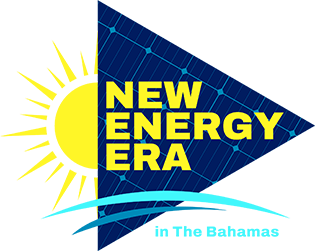
comprehensive
energy reform.
It’s a New Energy Era
in The Bahamas.

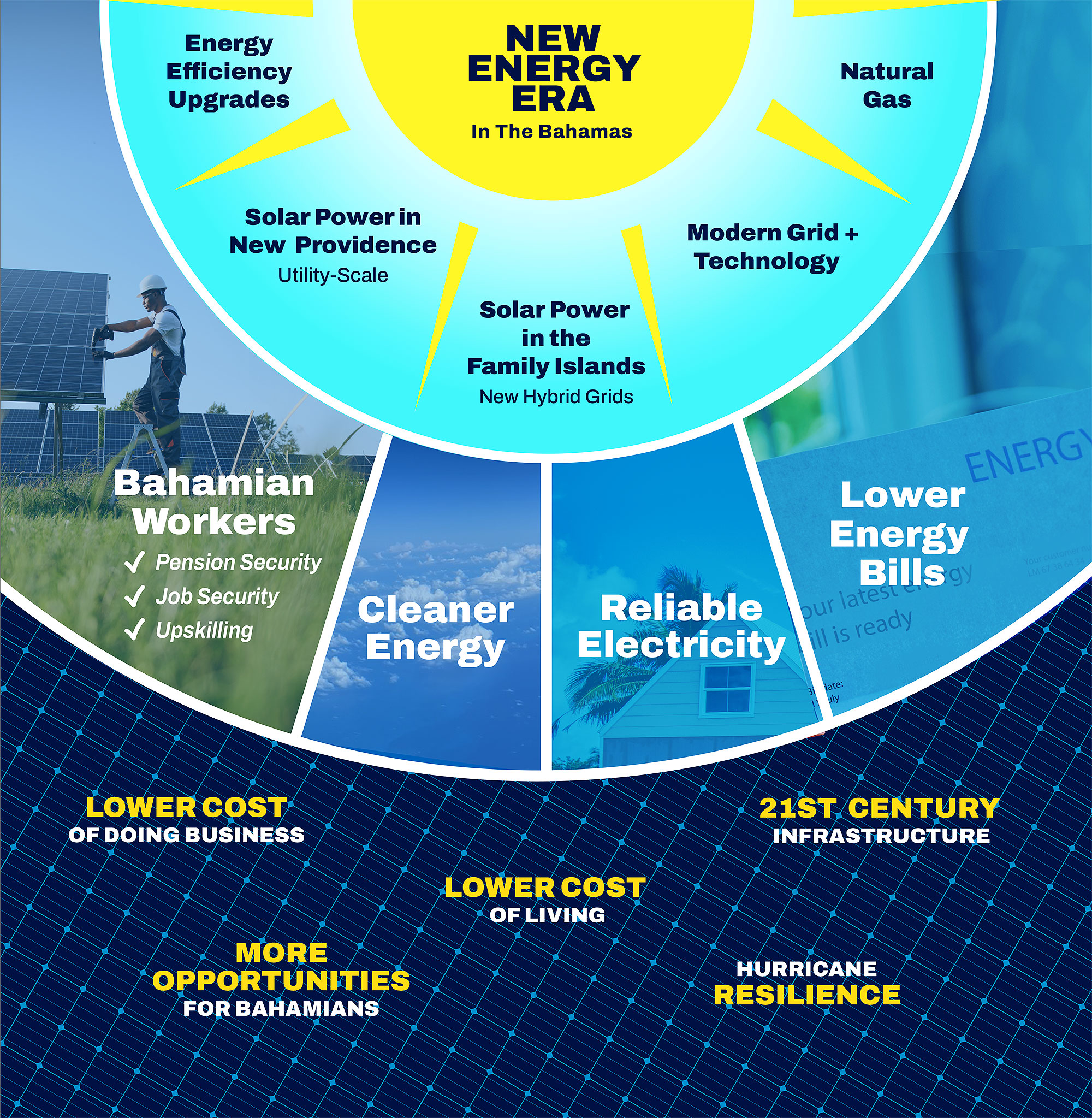

Finally… nationwide, comprehensive energy reform.
It’s a New Energy Era in The Bahamas.

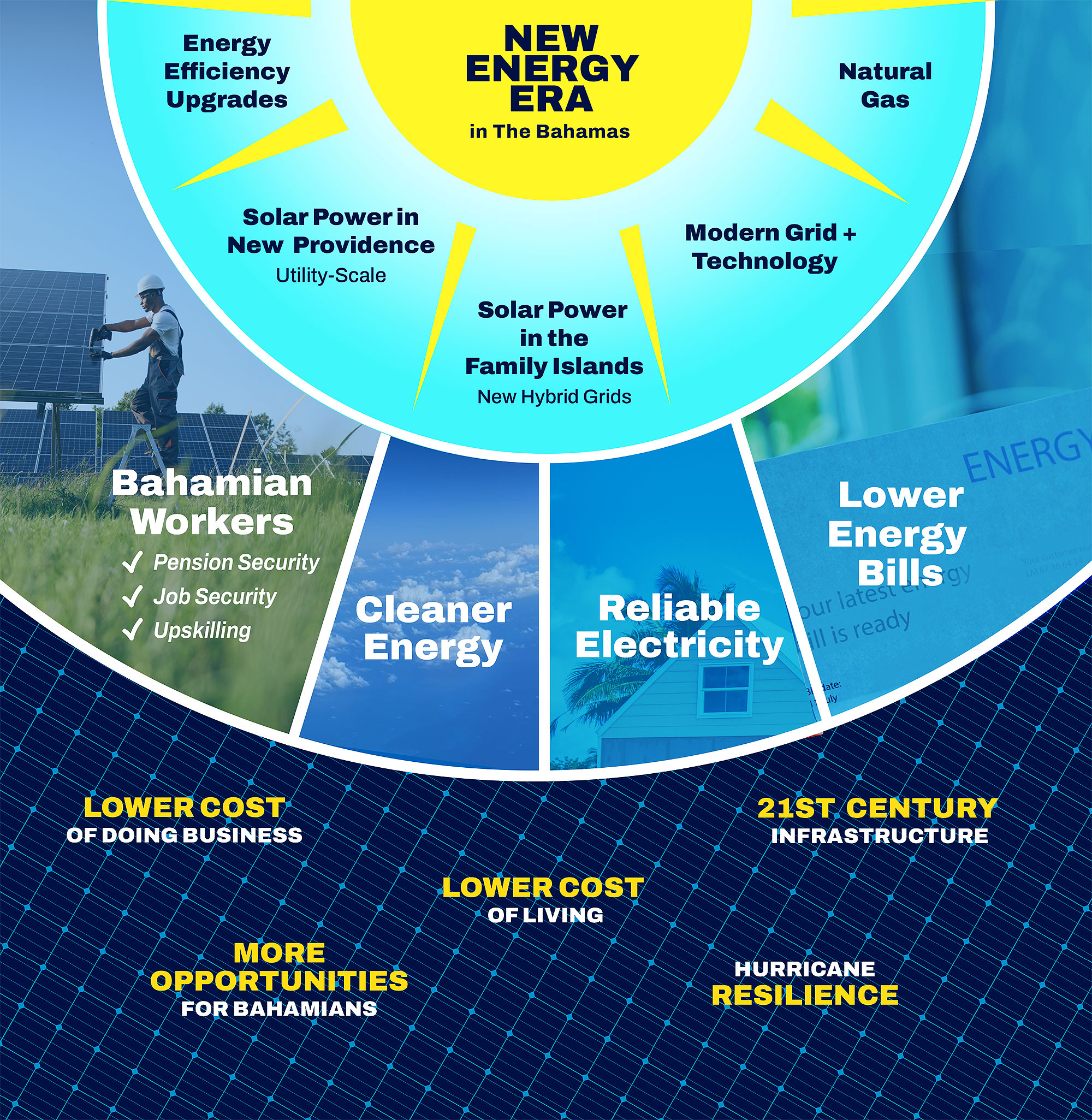

Our Country’s First Comprehensive Energy Reforms
No more band-aids or short-term thinking:
our electricity sector requires comprehensive reform.
Our priorities:
- Lowering prices, and ensuring fair prices, for Bahamian homes and businesses.
- Increasing the reliability of our electricity supply.
- Increasing hurricane resilience during this new climate era.
- Ensuring job security, pension security, and upskilling for Bahamian workers.
- Creating new job and training opportunities for Bahamians in a growing sector.
- Providing new opportunities for Bahamian entrepreneurs and investors: Independent Power Producers diversify our country’s energy sector and create a new industry for Bahamian participation.
- Replacing heavy and diesel fuels with cleaner energy that has lower carbon emissions.
- Strengthening the financial position of BPL to ensure that legacy debts are addressed.

The Current Crisis:
An Urgent Need for Change
For too long, high electricity prices and unreliable power have burdened Bahamian families, and held our country back – undermining our progress and prosperity.
Our priorities:
- Electricity is too expensive. For Bahamian families and businesses, electricity bills are a major expense, adding to the high cost of living and high cost of doing business.
- Power outages are too frequent, and affect the quality of life and the ability of businesses to compete.
- Our energy infrastructure is old and failing. Important parts of our electricity infrastructure, including some transformers and substations, are more than 50 years old – in some cases on the verge of collapse.
- Our system is struggling to meet current demand — let alone the projected growth in coming years, and increased demand as temperatures rise.
- Generation engines are old: 60% of BPL’s plant in New Providence, and 80% in the Family Islands, needs replacement within the next five years.
- Our current system is expensive and inefficient: 40% of peak load generation is rented by BPL, and inefficiencies and leakage costs tens of millions every year.
- Our current system relies on heavy and diesel fuels, and cannot generate or store or transmit cleaner energy.
- Our current system is not hurricane resilient, and lacks the critical infrastructure to make it less susceptible to damage from extreme wind, flooding, or flying debris.
- Urgent upgrades are needed across our electricity grid – but estimated capital expenditure needs total nearly $500 million – and BPL is already nearly $500 million in debt, with an additional $100 million in unfunded pension liabilities.


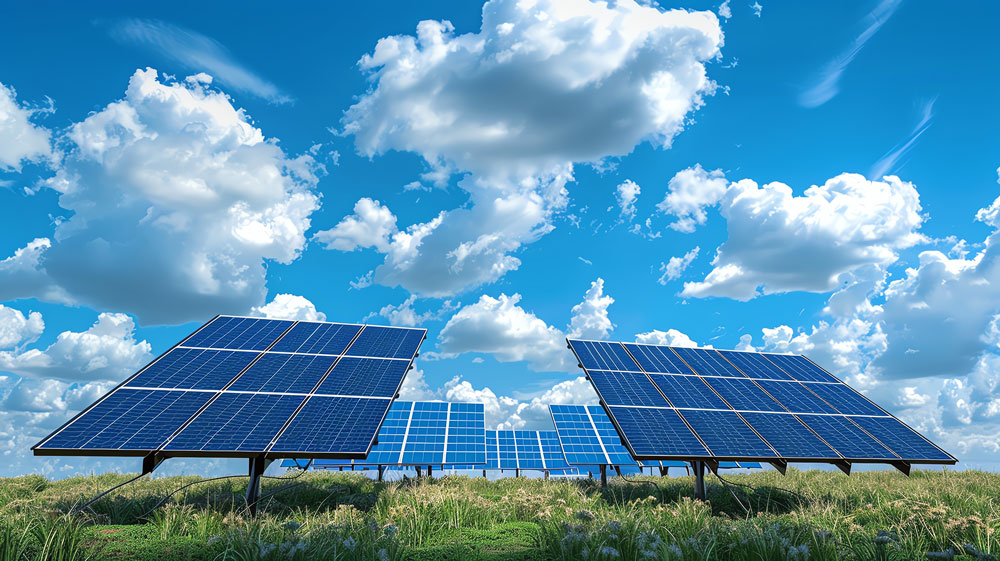
New Era Energy
Policies for The
Bahamas
Our comprehensive energy policies work together to modernize our system and bring electricity prices down in The Bahamas.

Solar Power in New Providence: Utility-Scale Solar
70MW of solar power and 35MW of Battery Energy Storage Systems will be integrated into the existing grid.
Solar Power in the Family Islands
New hybrid grids, including 27 MW of solar throughout our Family Islands, with each island having its own plan designed to meet specific needs, reduce costs, and ensure reliable power output. The policy includes installing renewable energy – including solar and biomass co-generation — and battery storage systems, replacing aging generation units, and eliminating BPL rentals. Local management on the islands will drive self-sustainability. To ensure operational efficiency, every Independent Power Producer was required to submit a rigorous training programme for BPL staff. This included operating and maintaining gas engines, utility-scale solar, Battery Energy Storage Systems, Microturbines and gasifiers. Finally… leading-edge energy technology for The Bahamas.
New Providence Transmission and Distribution Improvements: Grid and Technology Modernization
The Transmission and Distribution Foundational Upgrade will improve power reliability and resiliency in New Providence with the addition of a new switching station and new transmission lines, the proper looping of the transmission system and reconductoring work, and substation protection upgrades, as well as targeted distribution protection schemes and voltage regulation.
Energy Efficiency Upgrades
Our policies include energy audits and efficiency upgrades for government buildings, technical support and retrofit guidance for commercial consumers, an educational outreach programme for consumers, tax incentives for electric vehicles, and the replacement of street lighting in New Providence with LED bulbs. We have commissioned rooftop PV systems at schools, including CV Bethel, TG Glover, and Doris Johnson.
Diversifying the Generation Mix: Natural Gas
As an alternative to HFO and ADO, the full conversion to LNG (Liquefied Natural Gas) will happen over the next two years, generating substantial savings, enhancing resiliency and reducing interruptions. By 2026, we anticipate that 177 MW of Combined Cycle LNG will be constructed at the Blue Hills Power Station.
New Legislation: A Regulatory Framework for Change
The new Electricity Act provides URCA with the legal authority to navigate a complex and evolving sector, with the flexibility to benefit from innovations and opportunities. The new LNG Act ensures all LNG-related operations will be carried out safely, efficiently, and in an environmentally sound manner. The legislation also prohibits anti-competitive agreements and practices.
Accountability and Oversight: Owner’s Engineer
To ensure all projects and initiatives are implemented to the highest international standards, an Owner’s Engineer has been retained. The Owner’s Engineer will represent the Bahamian people, providing oversight of all energy transformation projects, technical expertise, and risk management to ensure that vendors, partners, and Independent Power Producers meet all milestones, requirements, and commitments.
Solar Power:
Did You Know?
- For the first time, The Bahamas is on the path to building utility-scale solar power across our islands.
- Large photovoltaic (PV) solar arrays will capture the energy from the sun and send it to our country’s electricity grid.
- What steps are required as The Bahamas moves forward with utility-scale solar power, and what are the costs?
- Solar power may come from the sun – but turning sunshine into a reliable source of electricity involves significant costs, including:
- Large areas of open land
- Purchase and installation of solar arrays
- Upgrades for transmission (our current grid cannot transmit clean energy) and grid integration
- Advanced control systems and technical capacity for grid management
- Major investments in battery storage
- Ongoing operational and maintenance expenses
- Island-by-island planning. Every one of our inhabited islands is different, and requires a unique set of solutions. Using solar energy across our beautiful archipelago requires careful planning and design.
- For example, some islands have enough land for large solar installations. Others, like Bimini and Harbour Island, have less space for large arrays of panels, and require solutions tailored to their needs.
- What’s the difference between utility-scale solar, and the panels we see on residential rooftops?
- The difference is size and capacity. Utility-scale solar projects are large installations that can generate more energy at lower cost.
- Utility-scale solar projects generate electricity in the megawatt (MW) range. Residential rooftop solar systems are much smaller, usually ranging from 5-20 kilowatts (kW).
- Utility-scale solar farms are owned by utility companies or Independent Power Producers. Their purpose is to send electricity directly into the grid, for distribution to many customers, including businesses, hospitals, and hotels. Utility-scale solar will play an important role in helping our country meet baseload power needs. Residential solar panels are owned by the homeowner, and designed to meet an individual household’s electricity needs.
- Large solar installations generate electricity at lower costs per kilowatt-hour, compared to small residential systems.
- The Bahamas will continue to incentivize the purchase and use of residential solar panels, which can play an important role alongside utility-scale solar, especially in more remote communities, and in enhancing resilience.
- Why can’t we generate all of our electricity from the sun?
- Our country is finally taking a major step forward with utility-scale solar energy, and the role of solar energy will expand in the years ahead, especially as utility-scale battery storage becomes more widely available and affordable.
- Intermittency: Because the amount of solar power generated by solar installations fluctuates – it depends on whether it’s a sunny day or a cloudy day, daytime or nighttime – it’s important for reasons of reliability, cost, and resilience, to have additional sources of energy, which is why we are integrating natural gas as a partner to solar.
The Equity Rate Adjustment
Comprehensive upgrades to our country’s transmission and distribution infrastructure, and switching from heavy and diesel fuels to solar power and natural gas, will create new efficiencies and reduce the price of electricity in The Bahamas.
But it won’t happen overnight – it will take time to upgrade our grid and to integrate cleaner energy.
Yet many Bahamians need relief from high electricity bills right away.
Beginning in July 2024, a new Equity Rate Adjustment will make bills more affordable for many Bahamian families now, as we transition to a new era in energy.

What is ERA?
ERA is an adjustment to the BPL base tariff and the fuel charge to:
- Create a more equitable balance to the current tariff structure. It does this by reducing the bills for most customers and reduces the subsidy that is going to the largest General Service users from all other customers.
- Create a safety net for BPL’s most vulnerable customers
- Encourage energy conservation (those who use less, pay less)
Who is affected?
These changes only impact customers of the Bahamas Power and Light Company Ltd. and will not affect customers of other electricity providers in the country (Grand Bahama Power, RAV Utilities, St. Georges etc)
What are the changes to the Base Tariff?
The changes to the base tariff are set out in the table below:
|
Base Tariff |
kWh/units |
Current c/kWh |
Revised c/kWh |
|
Commercial (including Churches & Arenas) |
All units |
15.00 |
14.50 |
|
General Service (Large Companies) |
0 > 900,000 |
8.70 |
10.00 |
|
All remaining units |
6.20 |
9.00 |
|
|
Residential |
0 > 200 |
10.95 |
0.00 |
|
201 > 800 |
11.95 |
11.95 |
|
|
All remaining units |
14.95 |
14.95 |
|
|
Temporary Supply |
All units |
16.38 |
15.00 |
How will the fuel charge be calculated?
BPL will continue to calculate the total amount it spends on fuel per billing period and divide it among the total units of electricity consumed. This amount is the calculated average cost per unit for fuel. The first 800 units consumed will be billed at 2.5 cents less than the calculated average. Above 800 units will be calculated at 1.5 cents above the average.
- Example: If the average is 20 cents per unit, then the customer will be charged 17.5 cents per unit for the first 800 units. The remaining units will be billed at 21.5 cents.
How will ERA affect Residential customers?
Almost all residential consumers will benefit. The average residential usage is 655 units. This typical customer will save approximately $460 a year, which is about a 20% reduction.
- Example: if your usage is 200 units you will save $27 dollars a month, or $323 a year (a 40% reduction).
Only the 1% of households that use more than 3,560 units a month will pay a little more. For example a customer using 3,800 units would only pay an additional $3 a month.
As additional initiatives to reduce the cost of fuel are implemented, all residents will benefit further.
How will this affect customers on the Commercial tariff (including schools & floodlit sports arenas)?
Around 88% of Commercial tariff customers will have lower bills with ERA than with the current pricing structure.
The average commercial usage is 1,356 units and they will see a saving of approximately $18 a month (a 7% reduction). A smaller company using 900 units would see a saving of $23 a month (a 13% reduction).
The 12% of customers with usage above 3,200 will see their bills slightly higher in July, after the implementation of ERA. For example, if your usage is 3,700 units, you will pay an additional $5 per month.
Commercial customers will also benefit from reduced fuel costs due to planned efficiency enhancements in the coming months.
How will this affect customers on the Temporary Service Tariff?
99.9% of Temporary Service customers will have lower bills with ERA than with the current pricing structure. If there are any Customers using more than 26,670 units, they will see a minor increase.
Example: A customer using 900 units will see a saving of $31 a month or $371 over the year (a 9% reduction).
How will this affect General Service customers?
General Service customers represent BPL’s largest consumers, but they are less than 1% of the total customer base. As a result of ERA, these customers will pay more. Their electricity bills will still be lower than during the same month in 2023. After the changes they will still be benefiting from a discounted rate and will still be receiving a subsidy. They will also gain from new energy reforms, as transmission and distribution upgrades will increase efficiencies and improve reliability, which, along with the integration of solar power and natural gas, will produce meaningfully lower prices in the coming months and years.
When does it start?
The new rate starts on 1st July 2024. July is a peak consumption period, during which customers typically struggle with higher bills. Even if the tariff drops but you use more energy your bill might still go up – it is important for everyone to avoid using more electricity than they need https://www.bplco.com/energy-conservation-3/
How long will the new rate be in effect?
Until a comprehensive tariff review is completed, and new rates are approved by the government and BPL’s regulator, URCA.
How will ERA affect the economy?
Economists advise that supporting lower-income households with relief from high electricity bills will lead to a meaningful increase in consumption of other goods and services in the local economy.
Why is there a tiered fuel rate?
The tiered fuel rate encourages energy conservation. Additionally, BPL uses its most efficient generation assets first. As demand increases, then less efficient units (that burn more fuel) are used to generate electricity. Essentially, those who use less, pay less.
How will this impact Value Added Tax on electricity?
It will not change VAT. VAT is charged on all electricity bills with the exception of residential bills below $400. The less paid for electricity bills, the less paid in VAT.
About 900 residents will have their bills drop below $400 and they will save around $40 every month on top of the other savings.
- Example: a resident using 1,210 units would save $36 with ERA and because they would fall below the $400, they would save an additional $40 on VAT. Taken together this is worth $914 a year.
Are there any other changes to customer charges?
All other customer charges will remain the same.
What strategies will be employed to manage the impact of the rate increase for General Service customers?
BPL and the Government of The Bahamas are working on several short, medium and long-term strategies to increase efficiency and reduce costs including:
- Increased use of Heavy Fuel Oil (the most economical fuel option BPL has presently)
- Transition to more efficient generation assets (use less fuel)
- Transition to Liquified Natural Gas (LNG) which is the most economical fossil fuel on the market.
- Add as much as 125MW of Renewable Energy solutions to our grids in New Providence and the Family Islands.
Collectively, these strategies could lower fuel costs by as much as 10 cents per unit compared to our current fuel charge and they should start in August. These savings will benefit all customers.


Bahamian Workers:
Commitment and Opportunity
- Union Workers:
- Plans for Safety and Upskilling:
- Solar Training Course at BTVI:
New 2024
Electricity Legislation
includes:
- Support for the use of environmentally sustainable electricity.
- Ability to adjust tariff rates to benefit vulnerable consumers.
- Enhanced competition in the electricity sector.
- Promotion of energy efficiency.
- Stronger consumer protections.
- Allows off-grid solar systems.
- Hurricane reserves.
- Regulation of artificial intelligence in the electricity sector.


New Partnerships in Energy
Family Islands Solar Projects:
The Family Island RFP invited Independent Power
Producers (IPPs) to lower the energy costs and overall burden for the Family Islands while enhancing reliability. This goal will be achieved by integrating hybrid microgrids, incorporating renewable energy sources, battery storage systems, and diverse baseload generation. This strategy, with its focus on sustainability, will eliminate the need for $10M in rental generation while significantly reducing environmental impacts, a positive step towards a greener future. Partners include:
- Verdant and Consus
- INTI
- Osprey Construction
- Providence Advisors
- Roswell
- Wilkem Tech
New Providence Solar Projects:
The New Providence RFP invites IPPs to interconnect more renewable energy options to the National Grid. This initiative provides a green energy solution for the existing Battery Energy Storage System while adding Renewable Energy to the overall energy mix. Partners include:
- Eco Energy
- Compass Solar
- INTI
Transmission & Distribution:
The Transmission and Distribution (T&D) Foundational Upgrade project is set to begin construction this Fall and consists of several components designed to enhance power reliability and resiliency in New Providence. The project includes the addition of a new switching station and new transmission lines, proper looping of the transmission system and reconductoring work, and substation protection upgrades alongside targeted distribution protection schemes and voltage regulation. These upgrades are essential for the reliable and resilient operation of the T&D system and are therefore being prioritized. Additionally, these foundational upgrades will facilitate the addition of up to 170MW of net new generation capacity, including solar. Partners include:
- Island Grid Utilities
LNG Generation Transition:
LNG is being implemented for efficient generation in New Providence. To reduce the overall energy cost to the consumer, improve the efficiency of the generation assets, and reduce environmental impacts, LNG is being brought to The Bahamas as an alternative to HFO and ADO. Partners include:
- Bahamas Utilities Holdings
Shell Oil
Cross Project Partnerships:
- Microgrid Controller: The Encorp Egility control platform was selected for Distributed Energy Resource Integration because it is vendor-agnostic. As the brains behind every microgrid and renewable energy project, this platform offers a configurable approach to assembling and managing microgrids, enabling the integration and control of multiple Distributed Energy Resources without the need for costly custom software. This allows The Bahamas to incrementally upgrade and integrate new generation assets over time without altering the control systems.
- The Owner’s Engineer: ECF Engineering Consultants will independently oversee all the projects to completion, coordinating between various stakeholders, including contractors, suppliers, and regulatory authorities. This oversight will help keep the projects on track, within budget, and in compliance with all necessary regulations and standards. ECF Consultants will ensure that the projects are successful not only in their construction but also in their long-term operation. They will provide insights into maintenance, operational efficiency, and future scalability, which are crucial for the project’s longevity and success.
– Prime Minister Philip Brave Davis
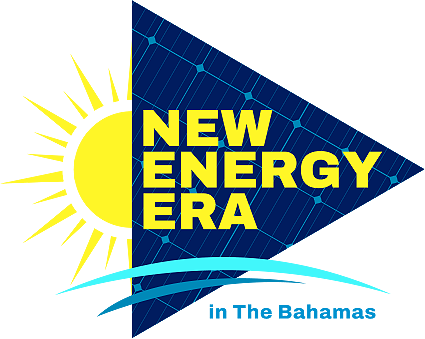

These new energy policies and partnerships – to upgrade our country’s transmission and distribution infrastructure, make a major new investment in solar energy across our islands, and replace heavy and diesel fuels with natural gas – constitute the most ambitious energy reform agenda ever initiated in our history.
This is a complex and evolving sector, and change won’t happen overnight.
But these reforms will be nation-changing, helping us build:
- Lower cost of living and lower cost of doing business
- A more competitive economy
- More employment and investment opportunities for Bahamians
- Modern 21st century infrastructure and technology
- More resilience during storms
